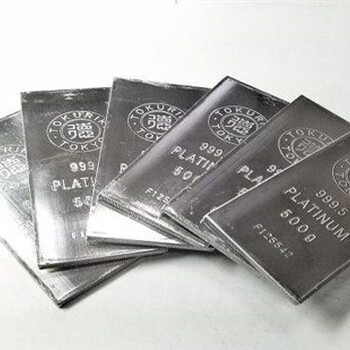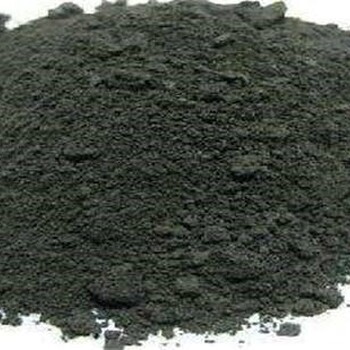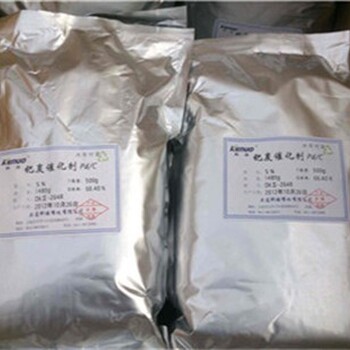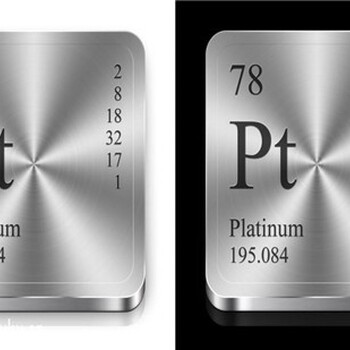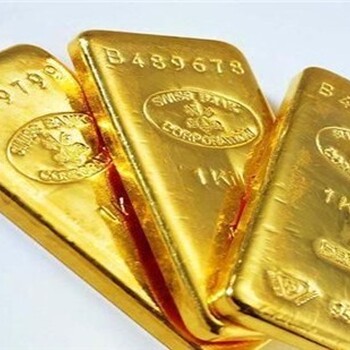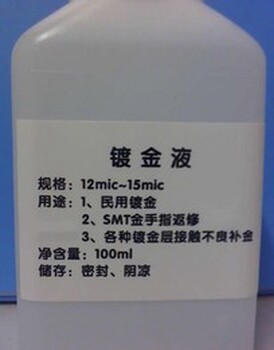Atomic number: 46 Melting point: 1554 ℃ Boiling point: 2970 ℃ Specific heat: 244J Density: 12.02g/cm3 (20 ℃) Mohs hardness: 4.75 Propagation rate of sound in it: 3070 m/S Element content: content in the sun: 0.003ppm, Pacific surface: 0.00000019ppm, content in the crust: 0.0006ppm Main compounds palladium dichloride (PdCl2), sodium tetrachloride palladium (Na2PdCl4) And palladium dichlorotetramine. The chemical property is not active. It is stable in air and humid environment at room temperature. When heated to 800 ℃, palladium oxide film is formed on the surface of palladium. Palladium can resist the attack of hydrofluoric acid, phosphoric acid, high acid and sulfuric acid vapor, but it is easily soluble in aqua regia, hot sulfuric acid and concentrated nitric acid. Molten sodium hydroxide, sodium carbonate and sodium peroxide are corrosive to palladium. The oxidation state of palladium is+2,+3,+4. Palladium is easy to form coordination compounds, such as K2 [PdCl4], K4 [Pd (CN) 4], etc.

Palladium membrane is usually rolled from palladium alloy and can be made into membrane (called palladium membrane) and membrane tube (called palladium tube) [3]. The film thickness is usually 50-100 microns. It is mainly used for hydrogen purification. Its principle is dissolution diffusion mode. The driving force of diffusion is the hydrogen partial pressure difference on both sides of the membrane. At 300-500 ℃, when the raw hydrogen is pressurized into one side of the membrane, the hydrogen molecule is chemically adsorbed on the membrane surface and dissociated into hydrogen atoms, which are dissolved in the palladium alloy to form hydride. The small hydrogen atoms are located in the gap of the palladium alloy lattice and can move freely. Driven by the concentration gradient, hydrogen atoms diffuse to the other side of the membrane and precipitate, and then re combine into hydrogen molecules and then desorb. Except hydrogen and its isotopes, other gases cannot pass through the palladium membrane, so pure hydrogen can be obtained by using the palladium membrane. The rate of hydrogen permeation through Pd membrane is related to temperature, membrane thickness and hydrogen partial pressure difference △ P. Increasing temperature, increasing △ P and decreasing film thickness will increase hydrogen permeability. However, if the temperature is too high, it will increase energy consumption and reduce the physical strength of the membrane. Therefore, the temperature is usually controlled at about 400 ℃. Some impurities can lead to membrane poisoning, reduce the hydrogen permeability of the membrane, and even damage the membrane. The substances that can cause palladium poisoning include mercury, arsenide, halide, oil vapor, sulfur and ammonia containing substances and dust. Palladium alloy can be made into tubular (called palladium tube) or diaphragm (called palladium membrane).
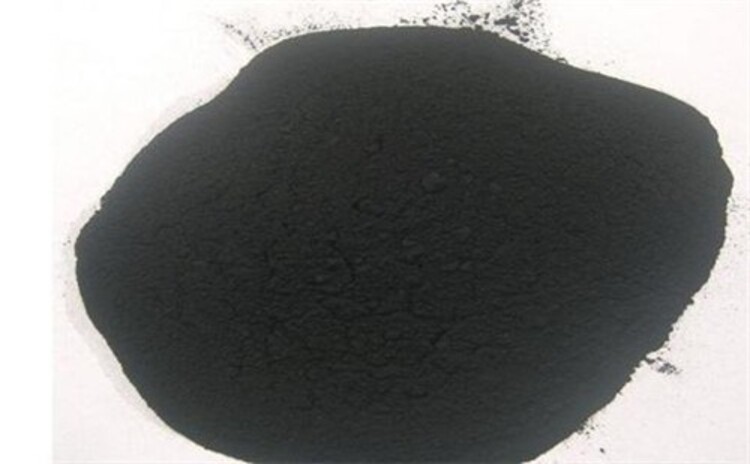
The early colloidal palladium was invented by Shipley [7] and was prepared by the reaction of palladium chloride and stannous chloride. The diameter of colloidal palladium particles is between 1-100nm. The smaller the size of palladium particles, the higher the catalytic activity and the better the stability. The large colloidal palladium activation solution is characterized by the simultaneous completion of sensitization and activation in the impregnation process of one solution. When the copper clad foil after palladium drilling and cleaning is immersed in it, colloidal metal palladium particles are adsorbed on the edge material of the hole and the surface of the copper foil to form a catalytic layer. On the surface of activated copper foil, there is no palladium ion that can be replaced, so there is no loose copper replacement layer.
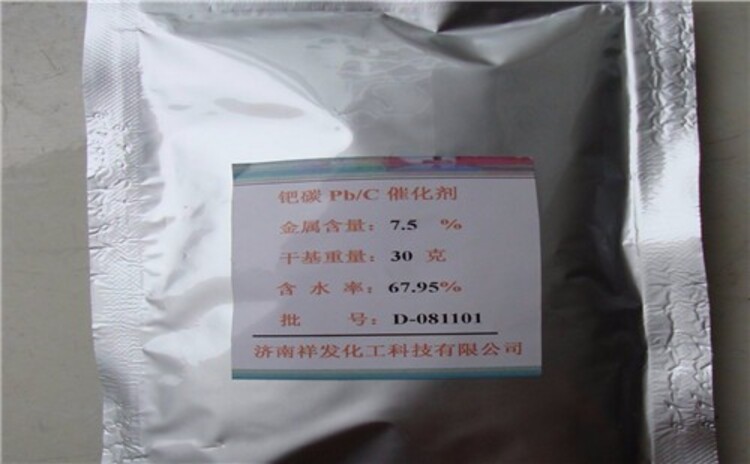
Palladium carbon is a kind of chemical substance with black powder particles. Palladium carbon is a kind of catalyst, which is made by loading metal palladium powder on active carbon, and its main function is to catalyze the hydrogenation of unsaturated hydrocarbons or CO. Chinese name: Palladium 10% on Carbon (wetted with ca. 55% Water) English name: Palladium 10% on Carbon (wetted with ca. 55% Water) Molecular weight: 106.42 MDL No.: MFCD03457879 Effective substance content: 0.5%, 5%, 10%,
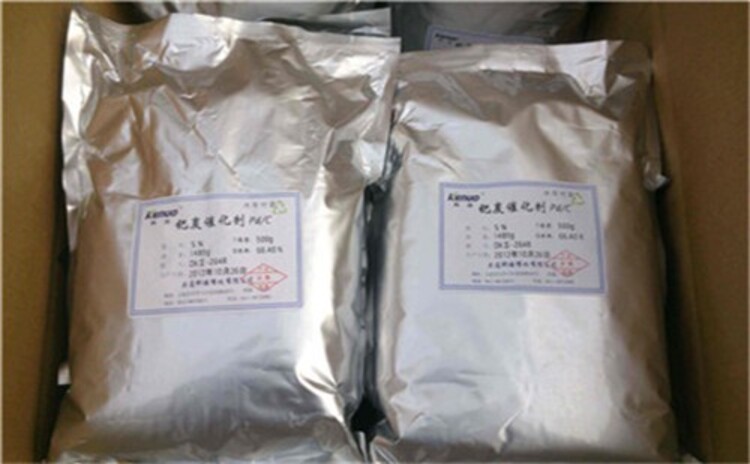
Palladium carbon has the characteristics of high hydrogenation reducibility, good selectivity, stable performance, small feed ratio in use, reusable, easy recovery, etc. It is widely used in the hydrogenation and reduction refining process of petrochemical industry, medical industry, electronics industry, fragrance industry, dye industry and other fine chemicals. Palladium alloy can be made into membrane (called palladium membrane). The thickness of palladium membrane is usually about 0.1mm. It is mainly used for the separation of hydrogen and impurities. The principle of hydrogen purification by palladium membrane is that when the hydrogen to be purified is introduced into one side of the palladium membrane at 300-500 ℃, the hydrogen is adsorbed on the palladium membrane wall. Since the 4d electron layer of palladium lacks two electrons, it can form unstable chemical bonds with hydrogen (the reaction between palladium and hydrogen is reversible). Under the action of palladium, hydrogen is ionized into protons with a radius of 1.5 × 1015m, The lattice constant of palladium is 3.88 × 10-10m (at 20 ℃), so the proton can combine with the electron under the action of palladium and form hydrogen molecule again, escaping from the other side of the palladium membrane.
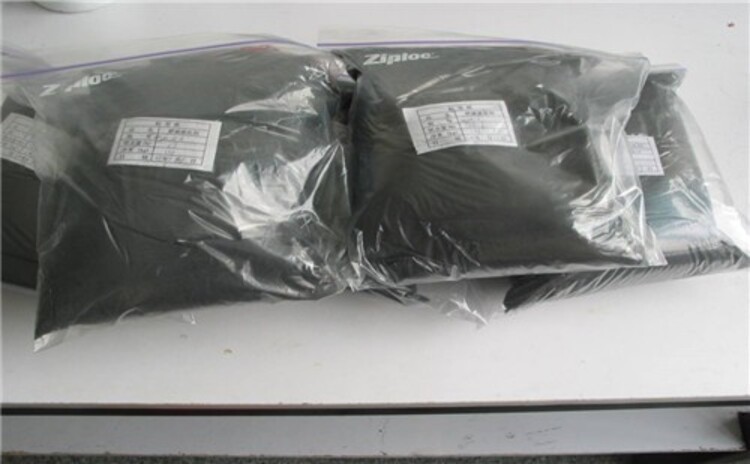
On the surface of the palladium membrane, the undissociated gas is impermeable, so high-purity hydrogen can be obtained by using the palladium membrane. Although palladium has permeability to hydrogen, pure palladium has poor mechanical properties. It is easy to be oxidized at high temperature, and the recrystallization temperature is low, so it is easy to deform and embrittle the palladium tube. Therefore, pure palladium cannot be used as the permeability membrane. The mechanical properties of palladium can be improved by adding appropriate IB and Ⅷ elements into palladium to make palladium alloys. Palladium carbon dissolved in ethanol is pumped into the autoclave under negative pressure or poured into the autoclave, and then added into the ethanol washing container before being put into the autoclave. After the reaction, the material is recycled through the filter to recover palladium carbon. The reactor can be washed with reaction solvent, and the palladium carbon is recycled through the filter.





